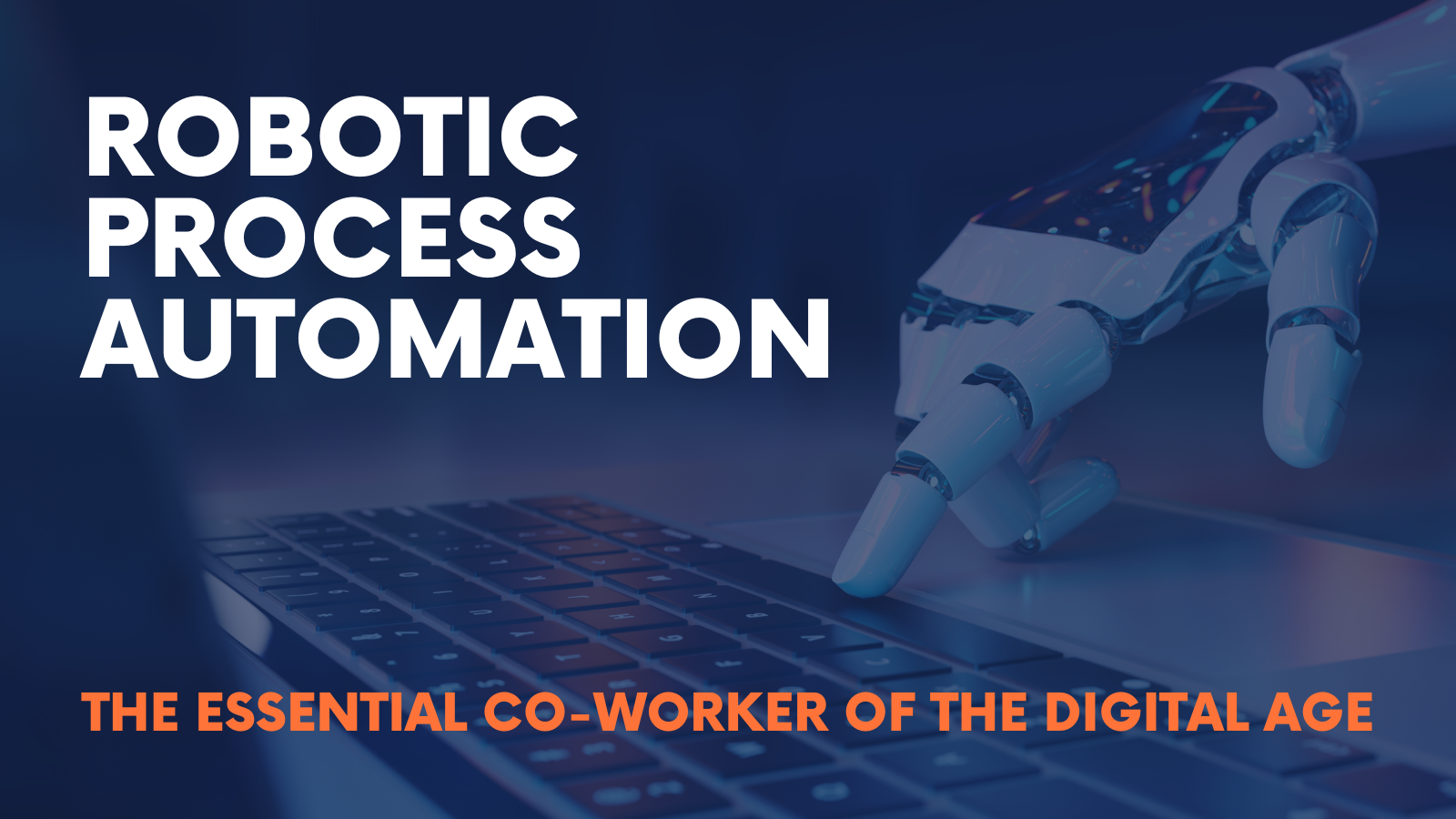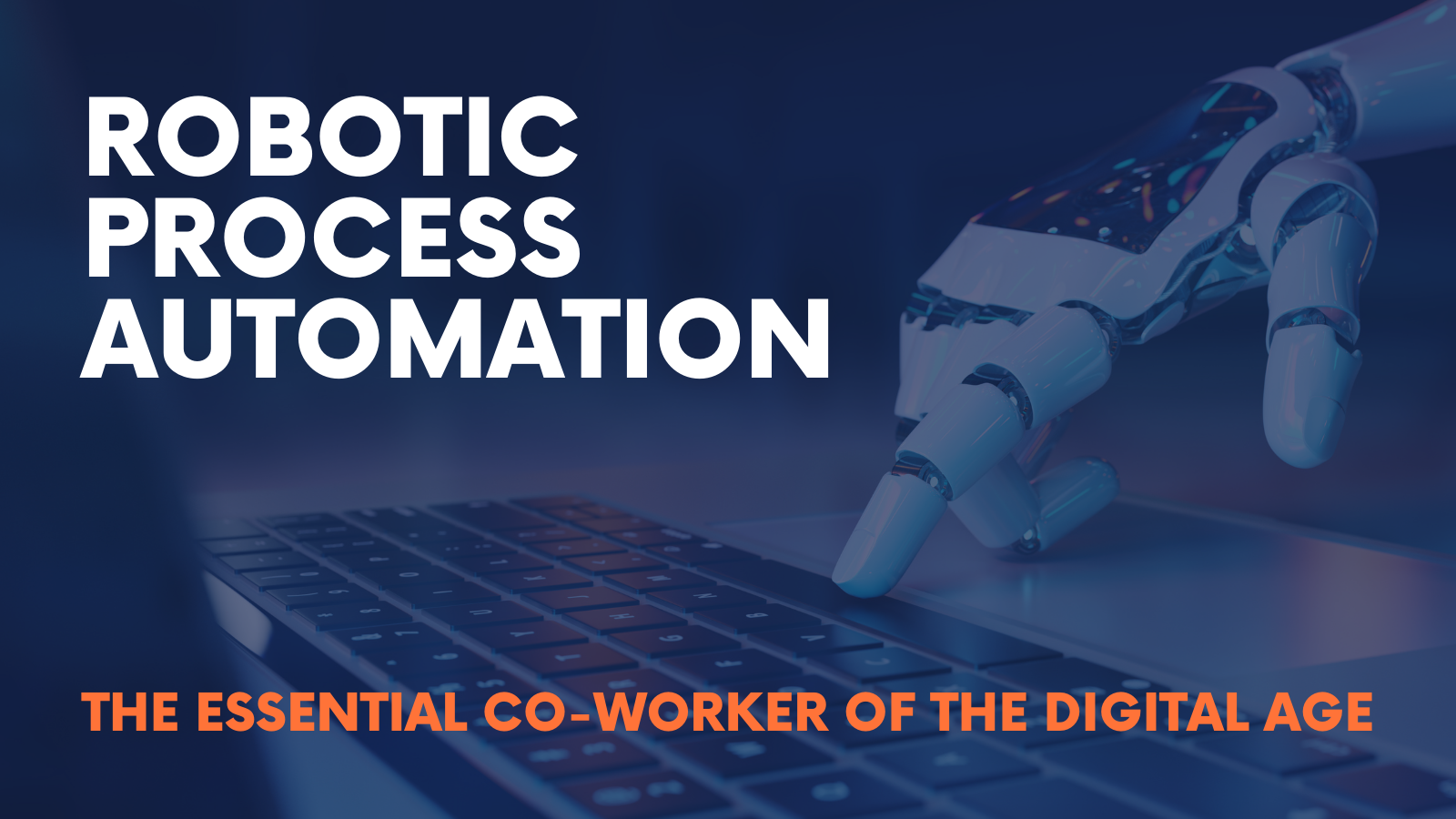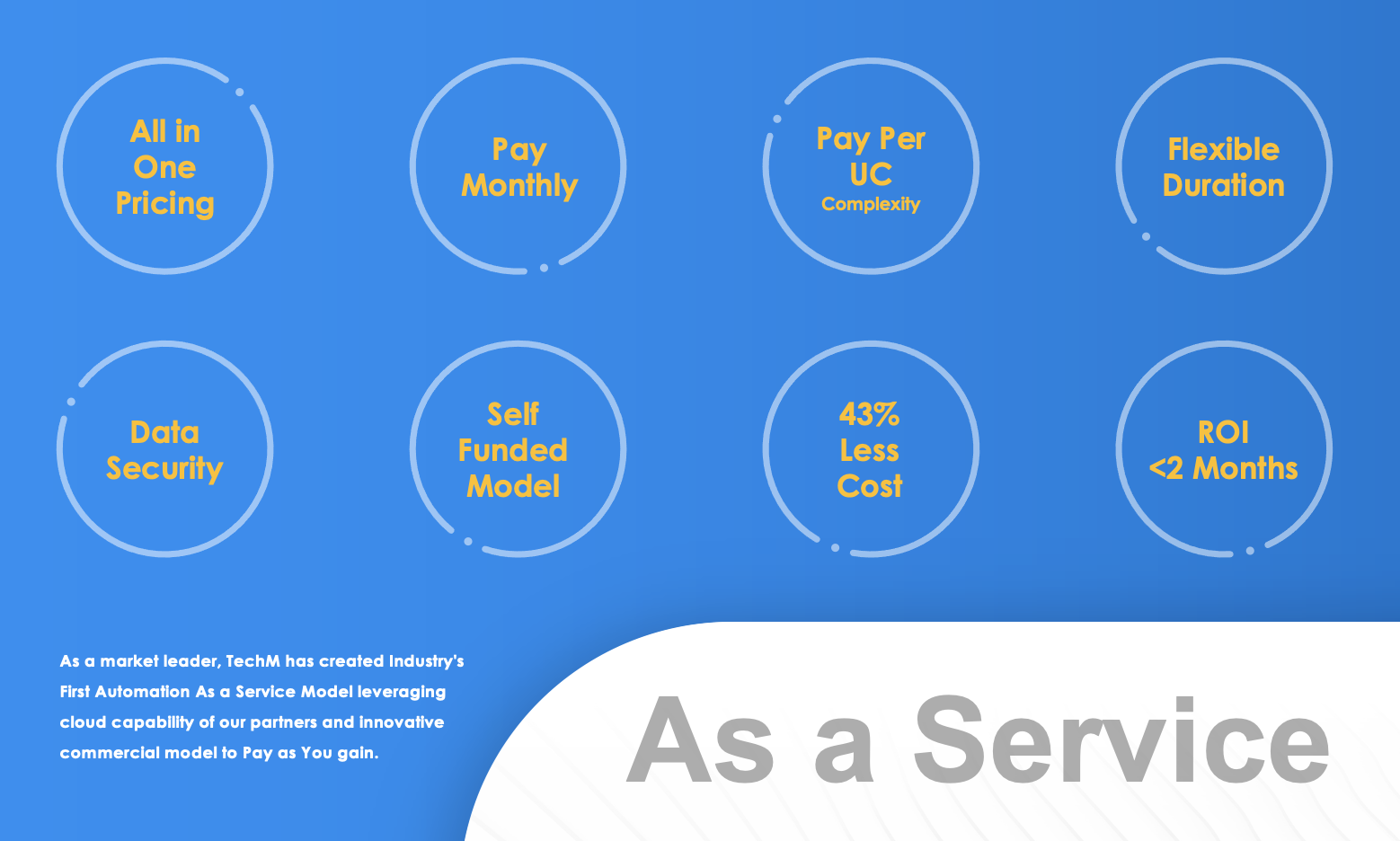Robotic Process Automation: An Essential Co-worker for the Digital Age


Healthcare is becoming complex and difficult everyday. In particular, COVID-19 has brought new business requirements that are driving digital transformation. Telework and telemedicine are now the new normal. Additionally, reimbursements are increasingly value-based, and this will be even more important with tightening payer revenues and increased losses.
COVID showed us the pitfalls of a lack of interoperability and not being able to access and coordinate data from different information systems. With cycles of COVID, the economy will be volatile. Being able to scale both up and down will be critical. A digital workforce is more easily scalable, as there are no onboarding costs or delays. This would also free up more healthcare workers for things only medical professionals can do.
In addition to all of this, the pandemic highlighted further issues with:
- Supply chain – How do you avoid excessive costs from unanticipated shortages and off-contract purchasing? How do you gain visibility into your supply chain?
- Continuity – The recent crisis has emphasized agility and adaptability to maintain business continuity. How can you reduce exposure to the risk of uncertainty?
- Staffing shortages – Healthcare employees are in short supply. How can you increase worker productivity as well as reduce burnout?
- Patient care experience – This is a top priority for both providers and payers. How can you enable customer self-service, speed up pre-registrations, and empower contact center agents to spend more time with customers while achieving faster solutions?
The Complexity of Healthcare
Today’s healthcare has 30+ data sources, 15+ EMR platforms, 75+ data formats and more than 40% unstructured data. The potential of automation is huge. McKinsey estimates that $3.6 Trillion of work is automatable. We know that the growth in applications and the data that moves between applications and systems means that people have become bogged down in repetitive, manual work. Much of what happens in your end-to-end business processes (think procurement, supply chain etc) takes place in ERP/CRM and is hidden from view.
How do we change?
Technology emulates human workflow with high accuracy, but much of the work is hidden in end-to-end business processes. RPA can save time, money, and rework. You’ll see ROIs of 20-40% or higher, sometimes much higher, based on FTE savings. Manual handling can be reduced by 90% with accuracy up to 100%, productivity improved by 30%, and thousands of hours saved for employees to do more valuable things. These are the same kinds of numbers found by analysts as well.
HCI's Automation-as-a-Service

With our RPA and Automation as a Service Model, HCI assures more than 25% cost savings in enterprise operations. Through RPA a large not-for-profit care system in Texas was able to automate 1.32 million transactions a year, resulting in a reduction of more than 97,000 hours of manual work each year. Another HCI client was able to transfer 64,000 records from legacy to a new EMR within 24 hours with no errors, which saved 109 hours of manual effort.
Key Takeaways
- 15% higher patient revenue through increased frictionless engagement.
- 20% - 30% productivity lift and cost reduction across patient access, RCM and contact center operations
- More than 25% cost savings in enterprise operations (F&A, HR, Legal, IT Processes)
- 30% faster execution and lower TCO of core and ancillary electronic health systems

